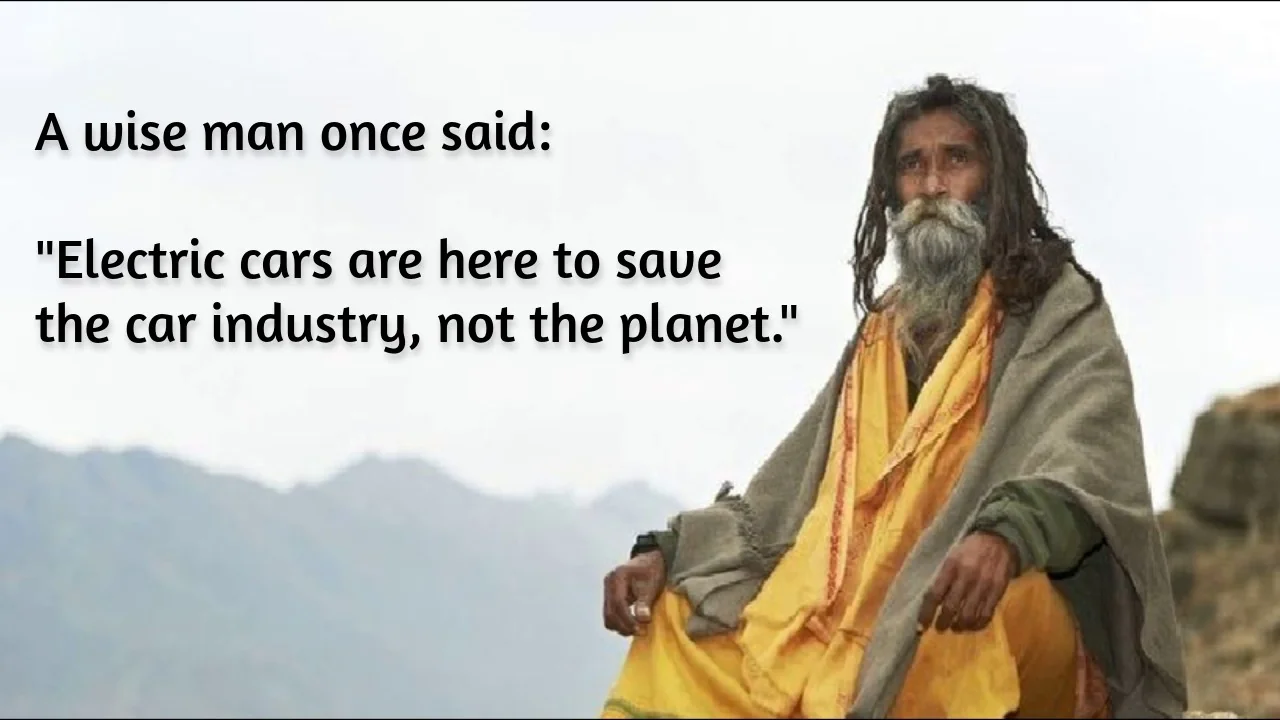Fuck Cars
A place to discuss problems of car centric infrastructure or how it hurts us all. Let's explore the bad world of Cars!
Rules
1. Be Civil
You may not agree on ideas, but please do not be needlessly rude or insulting to other people in this community.
2. No hate speech
Don't discriminate or disparage people on the basis of sex, gender, race, ethnicity, nationality, religion, or sexuality.
3. Don't harass people
Don't follow people you disagree with into multiple threads or into PMs to insult, disparage, or otherwise attack them. And certainly don't doxx any non-public figures.
4. Stay on topic
This community is about cars, their externalities in society, car-dependency, and solutions to these.
5. No reposts
Do not repost content that has already been posted in this community.
Moderator discretion will be used to judge reports with regard to the above rules.
Posting Guidelines
In the absence of a flair system on lemmy yet, let’s try to make it easier to scan through posts by type in here by using tags:
- [meta] for discussions/suggestions about this community itself
- [article] for news articles
- [blog] for any blog-style content
- [video] for video resources
- [academic] for academic studies and sources
- [discussion] for text post questions, rants, and/or discussions
- [meme] for memes
- [image] for any non-meme images
- [misc] for anything that doesn’t fall cleanly into any of the other categories
Recommended communities:
view the rest of the comments

Too big in scale? Not so. Around 60% of car trips in the U.S. are under 6 miles. Nobody drives across the Great Plains to go to the grocery store. People live most of their lives in close proximity to home, and it's irrelevant the size of the rest of the country. And that's with our sprawling, car-dominated landscape. A human-oriented city could be considerably more compact, and each trip a lot shorter. In fact, a recent study in Wisconsin found that many of its small towns are still quite walkable. (Wausau looks and feels almost exactly nothing like Manhattan, so we can dispense with the usual density canard.)
Furthermore, around 95% of car trips are 30 miles or less. Electric trains don't have to be a viable option to reconnect old, isolated railroad towns, like e.g. Laramie. By far the greatest need for them is exactly where they excel, the medium distance trips around population centers. That's where the vast majority of travel actually happens.
By the way, why the demand that trains be profitable? Wouldn't it be enough that subsidizing them be economically viable? I mean, that's better than highways, which we always knew were not profitable, and which we're slowly learning aren't economically viable, either.
Well if you’re arguing that walking replace cars, your 5 mile radius thing doesn’t work any better than trains. And economically viable is still relevant even if you are talking taxes and subsidies. I’m 100% in favor of trains and public transport, but that 5 and 30 mile radius is only meaningful when people are grouped in close proximity…if I only share my 30 miles with 10,000 other people, and that 30 miles is even vaguely diffuse, you cant draw up a map where a train schedule works without making have of the 10,000 people employees of the train station.
Move half of the rural population into more rural areas and you get closer to that ideal, but how do you ‘move’ people in a free country? We have a shitload of land, and a significant number of people living spread out in a way that mass transit just doesn’t make sense because not enough of them are going in the same direction at the same time to make it make sense. Even at the subsidy point, you can’t raise taxes to pay for something that doesn’t raise enough taxes to pay for itself. Just throw a dart at a map in the US and come up with a way to make a passenger train make any kind of sense within a thirty mile radius of the dart. Then, after throwing the dart a thousand times and realizing most of your hits don’t contain even 1000 people, eliminate all those areas and start throwing the dart again. Then, after a thousand hits and realizing that even then you aren’t hitting places where more than 10 people are all traveling in the same direction from the same place more than once or twice a day, maybe you’ll realize the futility of trains solving problems in most of the US.
That being said, the places where it does make sense, I’m 100% in support of exploring all kinds of ways to reduce usage of individual cars, electric or otherwise.